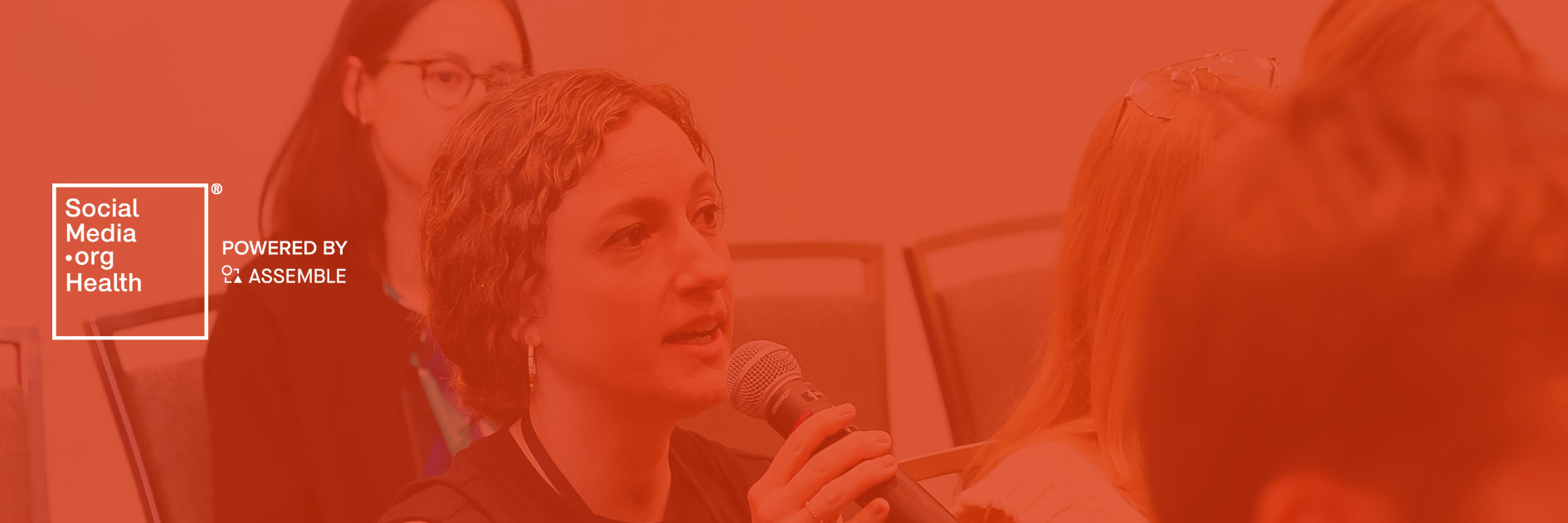Key takeaways:
- Align social media goals with strategic organizational outcomes, not just marketing metrics.
- Invest in awareness, reputation, and building trust, especially in times of crisis or misinformation.
- Clarify roles and expectations for paid vs. organic social media to better set, measure, and report ROI.
In today’s volatile healthcare environment, proving the value of social media means more than tracking clicks or follower counts. As brand safety becomes more complex and misinformation spreads faster than ever, social teams at leading hospitals are reshaping how they define and measure ROI.
During a recent SocialMedia.org Health members-only discussion on defining meaningful ROI in healthcare social media, our members shared how they’re moving beyond traditional metrics and building new frameworks that connect social media to broader business outcomes.
Here’s what they’re doing differently and why it matters now more than ever.
Move Beyond Marketing Metrics to Organization Visibility
Hospital social media teams are increasingly distancing themselves from outdated expectations of conversion-centric ROI. Instead, they’re repositioning social media as a high-value channel for trust-building, reputation management, and real-time communication.
Rather than just reporting likes or click-throughs, teams are spotlighting how social drives awareness during crises, strengthens brand credibility, and positions their organization as the go-to source for public health information.
When patients share testimonials or communities amplify hospital messages in real time, those moments aren’t just qualitative wins; they’re brand equity in action.
One team tested zero-click content by publishing research articles directly on LinkedIn. The result? A noticeable increase in engagement rates and impressions, even as link clicks declined. Their leadership accepted the tradeoff once they clearly understood how platforms now reward in-platform engagement over outbound traffic.
Simplify Metrics to Tell a Strategic Story
The sheer volume of initiatives supported by hospital social media teams — recruitment, clinical campaigns, research promotion, internal comms — makes ROI measurement a challenge.
Several members reported focusing exclusively on impressions, engagements, and engagement rate per impression — metrics that reflect both content resonance and operational performance, and that teams can actually control.
Several teams have streamlined their reporting to just a few metrics that reflect performance across brand trust, audience connection, and share of voice. Some are building internal KPI frameworks that help service line stakeholders choose a campaign focus — awareness, action, or engagement — from the outset.
This clarity saves time, reduces stakeholder confusion, and helps teams prove impact more effectively.
Separate Paid and Organic Strategies to Improve Clarity
Another critical insight: measuring ROI differently for paid and organic social. These are now seen as distinct disciplines with unique goals, audiences, and benchmarks.
Organic social media is increasingly used to deepen engagement and build brand personality. Paid social, on the other hand, is being deployed with precision to drive traffic, registrations, or awareness among hard-to-reach audiences.
Even high-performing hospital pages are now seeing less than 10% of their followers engage with organic posts, often closer to 5%. This stark reality is pushing more teams to treat organic and paid as distinct strategic investments.
To manage stakeholder expectations, one member said they use a standard two-week, $1,000 test budget to benchmark performance. If the results hit predetermined thresholds, the campaign expands. If not, their team adjusts strategy or recommends reallocating funds — minimizing waste and building cross-team trust.
One team tested zero-click content by publishing research articles directly on LinkedIn. The result? A noticeable increase in engagement rates and impressions, even as link clicks declined. Their leadership accepted the tradeoff once they clearly understood how platforms now reward in-platform engagement over outbound traffic.
Use Qualitative Data to Make the Case for Investment
While metrics matter, many leaders are leaning into storytelling and qualitative insights to support their case. Screenshots of patient appreciation, examples of reputational wins, and stories of successful crisis navigation are increasingly being used in executive reports.
This approach helps social teams convey the multifaceted value of their work, especially when data can’t capture the full scope of a community response or a brand trust moment.
Revamp What ROI Means: Reputation, Trust, and Alignment
For hospital social media teams, redefining ROI isn’t just a measurement update; it’s a strategic shift. By aligning your work with institutional priorities like recruitment, reputation management, and research visibility, you’re proving that social media is no longer just a marketing tool. It’s a reputational asset and operational necessity.
As one member noted, when social media becomes the primary way patients interact with the brand, it’s not about showing how many people clicked a link — it’s about showing how many people trust your message enough to share it.
Join Your Peers in SocialMedia.org Health for More Insights
This conversation was one of many that happen every week inside SocialMedia.org Health — a peer-to-peer community for social media leaders at the nation’s top hospitals.
Members use it to benchmark their strategy, test ideas, and stay ahead of platform shifts and regulatory risks. If you’re leading social media in healthcare and need a high-trusted space to strategize through your top challenges, this is where your peers are solving it together.
